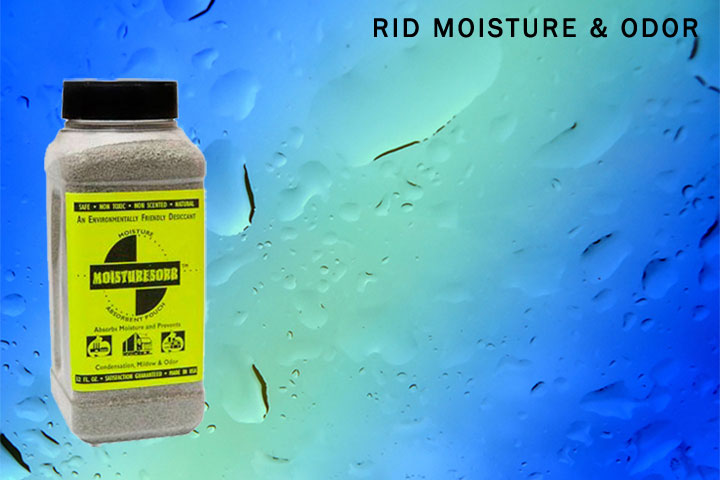Summary
Mold is one of the ugliest problems that can affect the average home. Unlike major disasters such as floods and hurricanes, it rarely broadcasts its presence beforehand and can affect nearly any house except those in the most arid of climates. When homeowners discover they have some insidious mold problems, they often turn to their homeowners insurance problems and search for remediation services. Unfortunately, this can lead to some nasty surprises. Here are seven facts every homeowner should know about mold and their insurance before the worst happens:
1. Homeowners Policies Focus Primarily on the Water Damage:
Homeowner insurance can help you restore many types of damage to your home, but when it comes to mold damage, the insurance policies tend to focus on the water damage that often precedes it. Mold needs water, and homeowners insurance is very good at covering certain water incidents like cracked pipes (flood insurance is required by law in more dangerous areas, too). So expect the most coverage to come from the water-oriented parts of your policy: However, long-term maintenance issues like leaks and water seepage are not usually covered by home insurance policies, so you may not be looking at much coverage at all for these issues.
2. Insurance Companies Do Not Like to Cover Mold Damage:
Mold damage can be very expensive to remediate – very, very expensive, for insurance companies. When they have to pay out tens of thousands of dollars to clean up mold damage and replace ruined parts, they start looking toward their bottom lines. If you examine your homeowners policy, you may find that no mold damage, from any cause or in any form, will be covered. This is especially true for states with frequent mold problems, like California and Texas.
3. Clean-Up is Not the Same as Remediation:
Mold clean up occurs when the major mold-damaged areas that are producing spores are removed from the house. Mold remediation occurs when all mold is carefully removed, all materials replaced, and the house thoroughly cleansed to remove any chance of a recurrence. Insurance policies may offer to pay for clean-up, but not for remediation. They may also include a number of caveats, such as extra payments or buy-back endorsements that lessen the blow but do not help with recovery.
4. Mold Growth is Not Obvious Until It is Too Late:
Mold is not obvious. It loves the damp places and dark corners in a house. Typically mold infests inner walls, basements, and ductwork, out of sight as it digs into porous material. By the time you notice a mold problem, it has probably already caused extensive damage. Test for mold immediately after leaks or major water events to avoid future issues.
5. Mold is Rarely Dangerous to Humans:
Despite the frequent fears, household mold is very rarely dangerous to health. The most common types of mold by far are Cladosporium, Penicillium, Alternaria, Aspergillus. People can be allergic to these molds and they can sometimes cause lung problems, but they do not actively attack humans in any way.
6. Property Values Are Affected by Mold, Too:
Even with remediation services, property values will still be affected by mold. Realtors and homebuyers have learned the dangers of mold too. While it may be tempting to get rid of an insurance nightmare by just selling a house, inspections and disclosure will reveal the problem, and people will not buy a house will mold issues. Refinances will be equally difficult if not impossible.
7. Preparation is Half of the Battle:
The best way to reduce mold damage and avoid serious insurance problems is to prepare for mold issues before they occur. Remove all carpets from damp or most areas like bathrooms, kitchens, and basements. Use ventilation and fans in humid areas. Repair cracks and leaks, and use water vapor seals when possible. Remember that wood and other porous substances could also be at risk.
8. Prevention is Better than the Cure:
A key element to preventing mold is to dehumidify your home and keep it nice and dry thereby removing a critical component for mold to survive. This is especially important if you live in a hot humid region like the south where dampness if a problem year round. An easy and cost effective way to control moisture is to use MOISTURESORB® Reusable Moisture & Odor Elimination Pouches. Just place a pouch in every room and it will work 24/7 without power. Furthermore, it can also be intserted inside ducts to act as a moisture filter and will help keep your air clean as well. It is built to last and can be reused over and over again for many years.
Author Bio
Cory Ingram is a professional blogger that shares news and advice on finding a Long Beach mold company. He writes for Indoor-Restore Environmental Services, a Los Angeles Mold Company.




